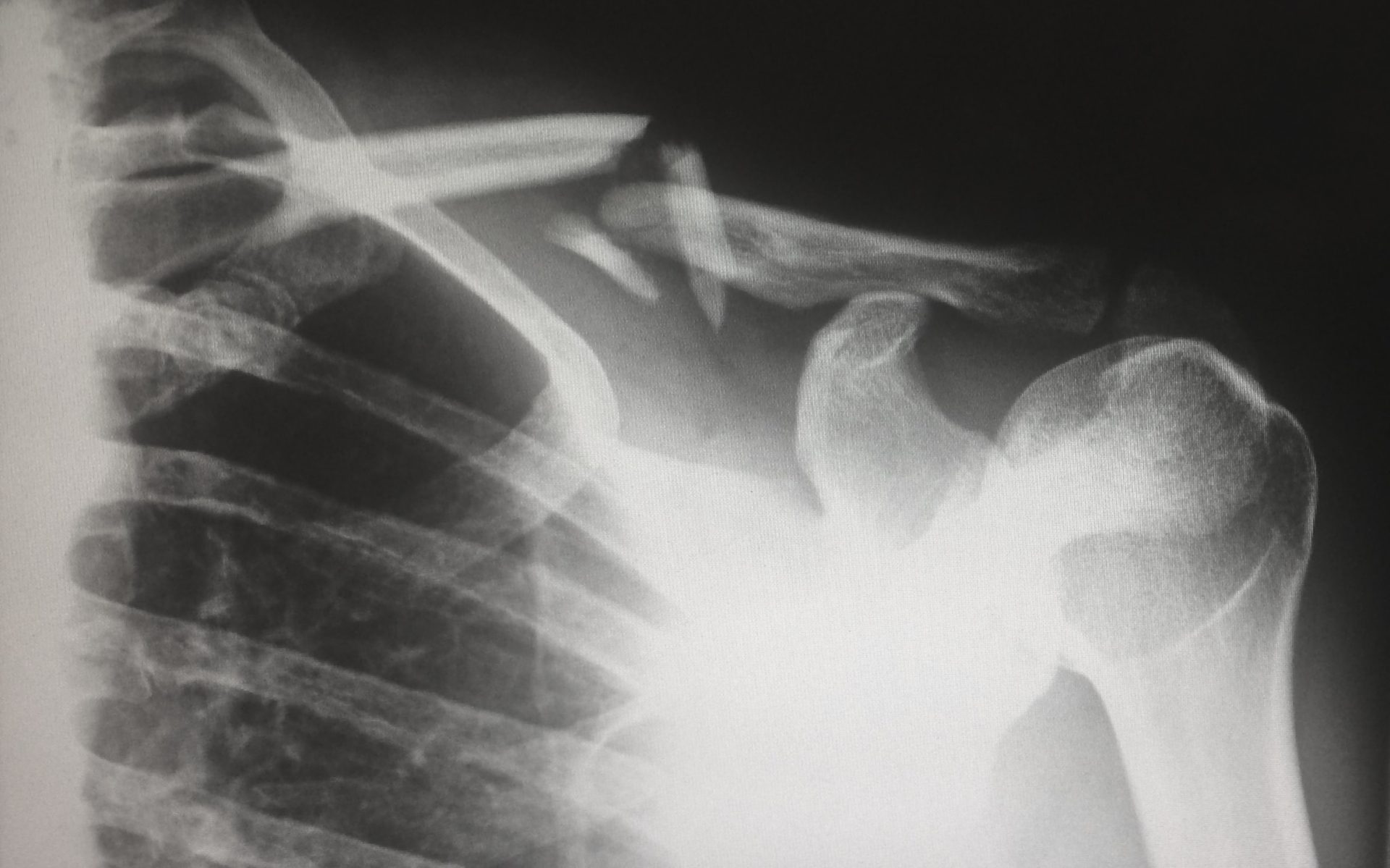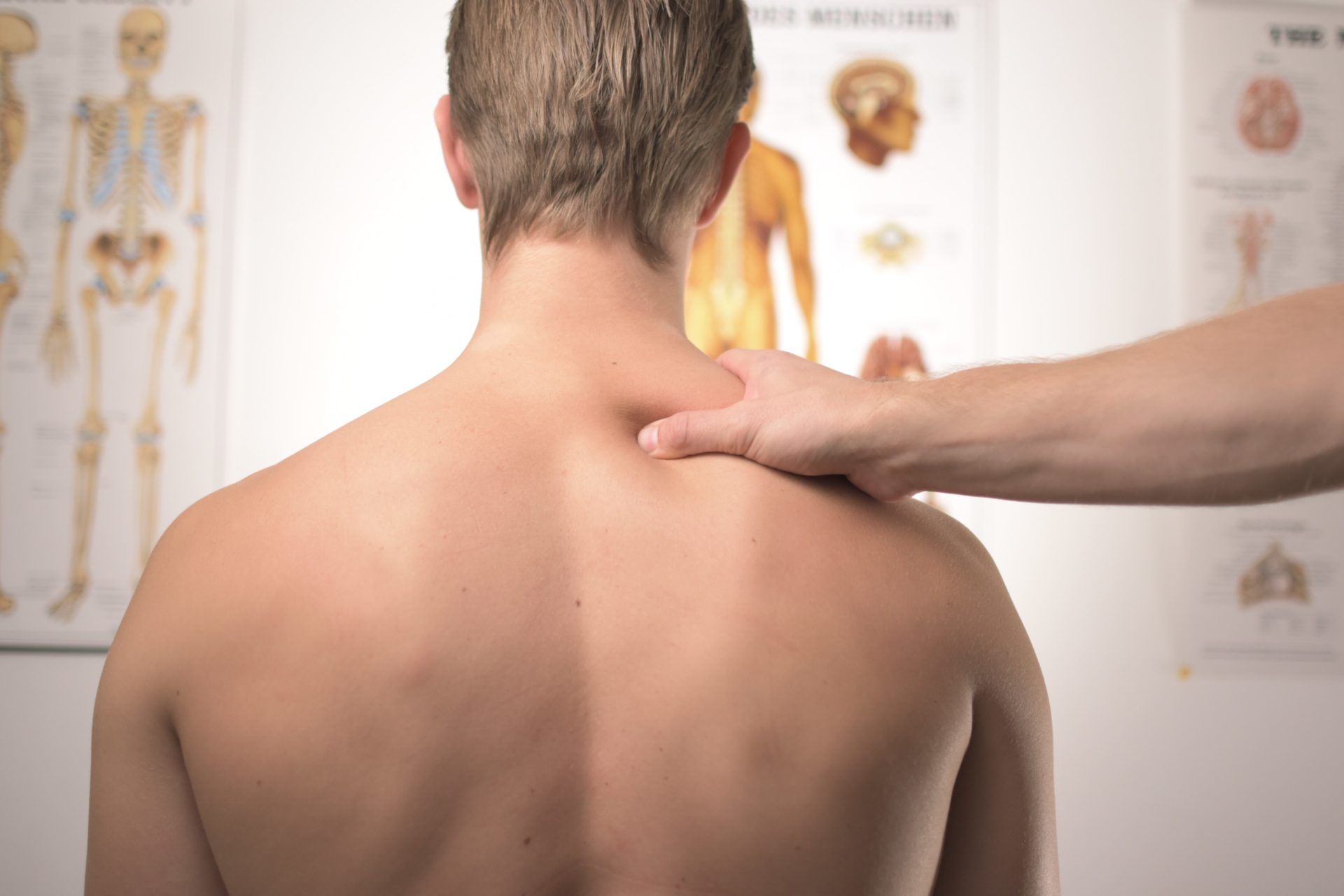
Gay and Bi men are at a greater risk of poor bone health than straight men?!
A new study published in the American Journal of Human Biology states that there may be a correlation between sexual orientation in men and bone health. Though, the researchers behind the study believe this result is not caused by “lifestyle and psychosocial factors,” according to Rheumatology Network. Meaning, gay/bi men have been found to be at greater risk of several health challenges, like skin cancer, and often “lifestyle factors,” like tanning, are found to heavily influence this outcome. The researchers, however, say this study’s results are not similar to those cases.
In order to get these results, the study used data assessing bone mineral density. The researchers collected and analyzed data on 3,243 adults from 2007 to 2008, 2009 to 2010, and 2013 to 2014. This data came from the U.S. National Health and Nutrition Examination Survey. Within those 3,243 adults were 253 LGBTQ people (53 lesbian/gay, 97 bisexual, and 103 same-sex experienced) and 2990 heterosexuals. Their average age was 36 years.

Related: Study Says Tanning Salons Are Endangering Gay Men To Skin Cancer
From there, the researchers compared men of differing sexual orientations on several bone health indicators such as bone mineral density in the lumbar spine and proximal femur, bone mineral content in both, and osteoporosis risk. In the end, it seems that gay men had lower z-scored bone mineral density values. Bisexual men and lesbian women, however, did not show the same results.
“Sexual orientation-based disparities in bone mass were observed across all anatomical sites,” said researcher Dr. James Gibb from the University of Toronto’s department of anthropology. “This effect was due to differences between heterosexual and gay men and persisted in linear regressions after adjusting for risk factors.”

But why are gay men more prone to have poor bone health? Gibb and his associates speculate that it may have to do with stress and moderate depression caused by lived experiences. Though, the discovery that bisexual women had higher bone mineral content than straight or queer women from other LGBTQ groups was “surprising” to the researchers.
“Although statistically nonsignificant, lesbian and bisexual females in our sample consistently display better indicators of bone mass compared to heterosexual and same sex experienced women,” Dr. Gibb said. “Our finding that bisexual women, and to a lesser extent lesbian women, have better bone health than other female participants, warrants further investigations.”
Dr. Gibb then added, “Characterizing the unique socioeconomic, psychosocial, and ecological risk factors that result in an increased vulnerability to poor bone health among sexual minority people is important for designing therapeutic and public health interventions for this community, especially as the population of sexual minority older adults grows.”
Source: Rheumatology Network,
